
Below you will find a collection of fact sheets, content essays, and stories from our explorers on board deep-sea corals expeditions featured on the OceanExplorer.NOAA.gov website.
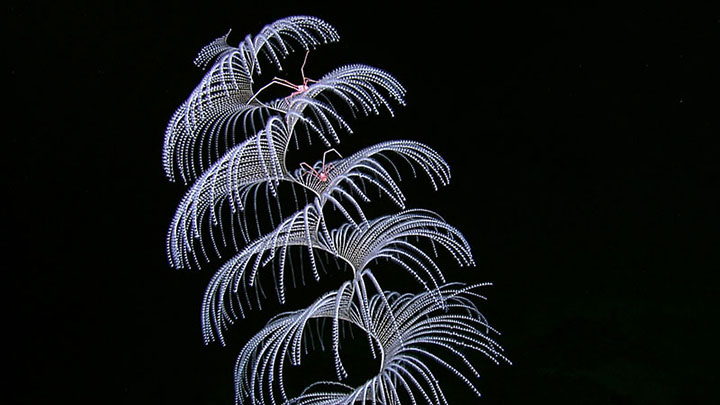
Fact Sheet. Learn the basics of deep-sea coral anatomy and how these incredible organisms differ from their shallow-water relatives.
Read more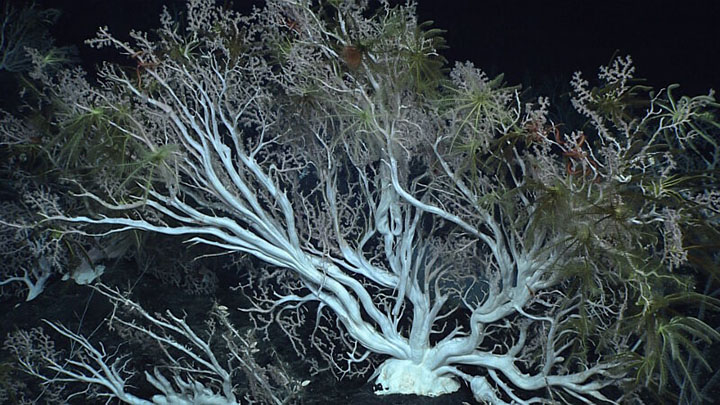
Fact Sheet. Deep-sea corals are incredibly diverse. Scientists believe there may be as many species of deep-sea corals as there are of shallow-water species.
Read more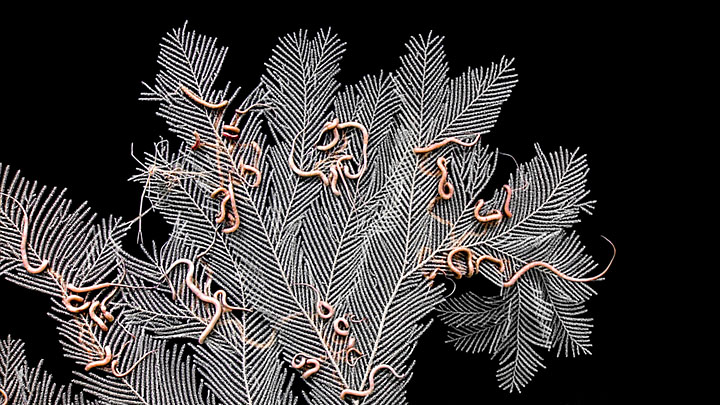
Fact Sheet. Like trees in the forest, deep-sea corals and sponges are foundation species, providing habitat, structure, and food for other organisms in their ecosystems.
Read more
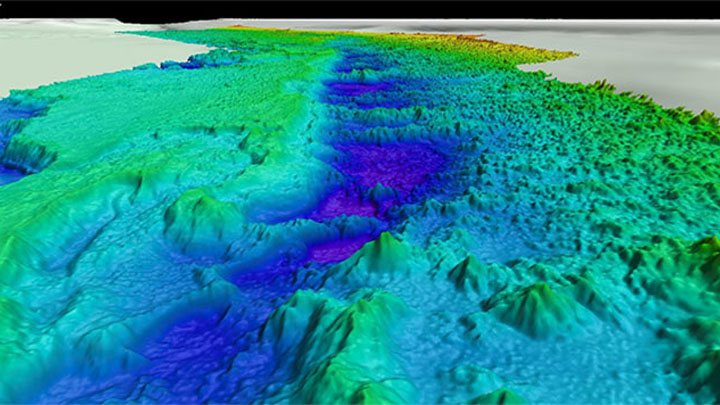
Exploration Note. The “Million Mounds coral region,” is an underwater landscape of large deep-sea coral mounds that stretch as far as the eye can see. This strange ecosystem is located about a hundred miles off the coast of Georgia and Florida.
Read more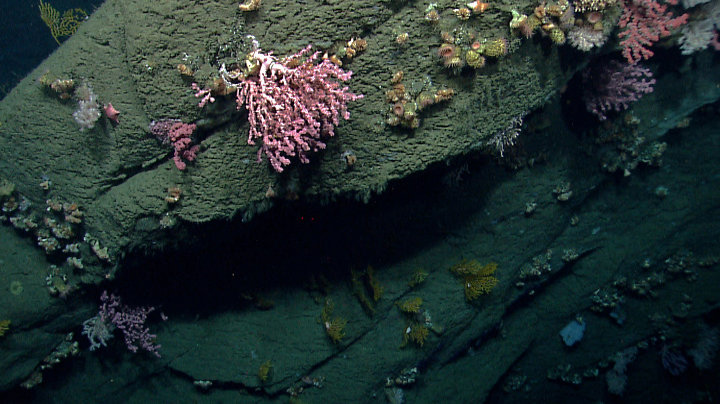
Ocean Exploration Fact. Over half of all known coral species are found in deep, dark waters.
Read more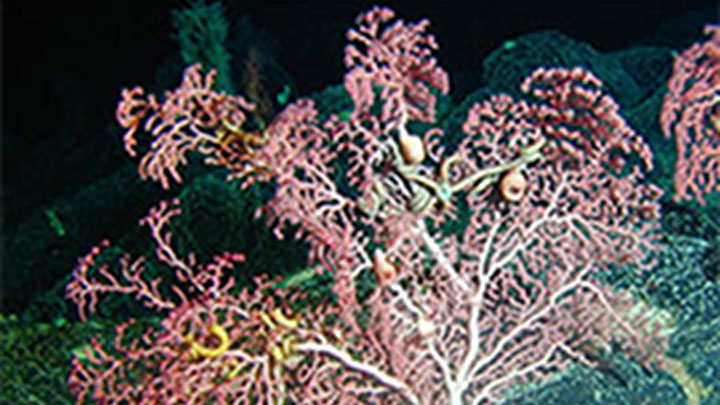
From the Hohonu Moana: Exploring Deep Waters off Hawaii 2015 expedition. If you think of tropical Hawaii and corals, likely what immediately jumps to mind is snorkeling over gorgeous coral reefs teeming with colorful fishes. But much deeper below the waves exists the hidden, perpetually dark world of deep-sea corals.
Read more

From the Deepwater Wonders of Wake: Exploring the Pacific Remote Islands Marine National Monument expedition. Octocoral colonies provide the same habitat complexity and three-dimensional structure in the deep sea as forests do on land. This essay discusses the myriad of organisms that find a home within deep-sea coral environments.
Read more
From the Windows to the Deep 2019: Exploration of the Deep-sea Habitats of the Southeastern United States expedition. Twice during the Windows to the Deep 2019 expedition, on days when we hoped to find a seep or a shipwreck, we instead encountered spectacular deep-sea coral and sponge habitat off the coast of Florida.
Read more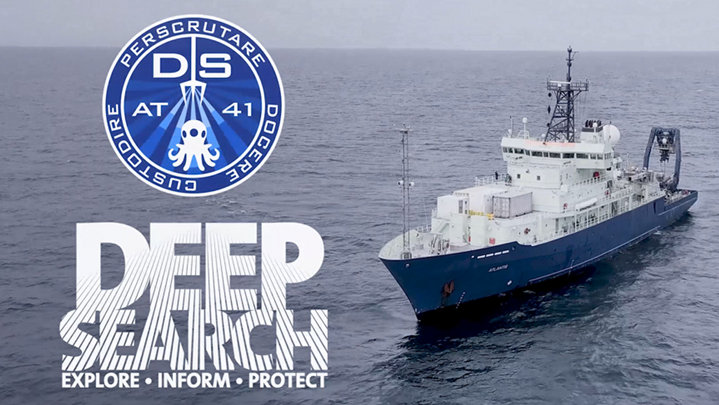
From the DEEP SEARCH 2018: DEEP Sea Exploration to Advance Research on Coral/Canyon/Cold seep Habitats expedition. A conversation among explorers Erik Cordes, Cheryl Morrison, Sandra Brooke, and Jason Chaytor on board R/V Atlantis about the significance of finding 85 miles of linear coral reef that had gone previously undetected off the U.S. East Coast.
Read more

From the DEEP SEARCH 2019: DEEP Sea Exploration to Advance Research on Coral/Canyon/Cold seep Habitats expedition. From the tip of Miami to North Carolina, the deep seafloor is comprised of hundreds of miles of rugged peaks, ledges, and mounds, which are scoured and swept clean of sediment by the ever-present, powerful Gulf Stream current. Deep-sea corals thrive in this cold, dark, hostile environment, creating large complex structures that provide shelter, feeding, and nursery habitat to countless other invertebrates and fishes.
Read more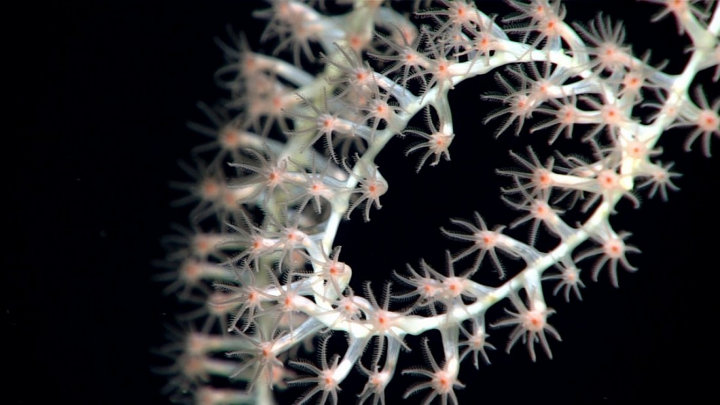
From the Gulf of Mexico 2017 expedition. Did you know that there are more species of corals in deep water (greater than 50 meters) than there are in shallow waters (less than 50 meters)? In the Gulf of Mexico, there are more than 250 species of deep-sea corals (species occurring deeper than 50 meters). In the last 10 years, at least 10 new species of deep-sea corals have been described from the Gulf of Mexico.
Read more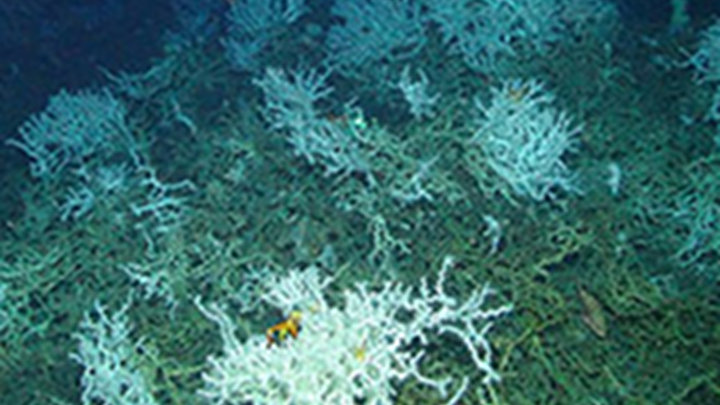
From the Southeast Deep Coral Initiative: Exploring Deep-Sea Coral Ecosystems off the Southeast U.S. 2017 expedition. Corals can reproduce in a number of ways: colonies can be all male or all female, they can be hermaphroditic with males and females in the same colony, they can release eggs and sperm directly into the water, or they can brood larvae that swim or crawl to a nearby home when ready to settle and grow. Learn more about coral reproduction in this essay.
Read more
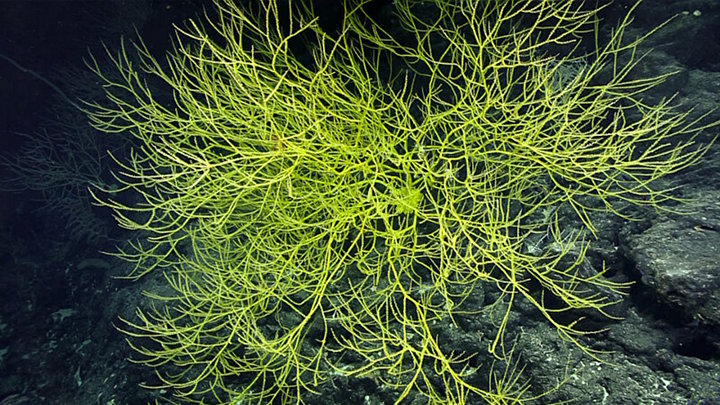
From the Mountains in the Deep: Exploring the Central Pacific Basin expedition. When we are operating in the deep sea, a remotely operated vehicle carries lights that allow us to detect color. Many octocorals have pigment molecules in their tissues or bound to their skeletons which absorb certain wavelengths of light, showing us a variety of brilliant colors. Deep-sea corals display colors in the dark for a myriad of reasons unrelated to visual cues.
Read more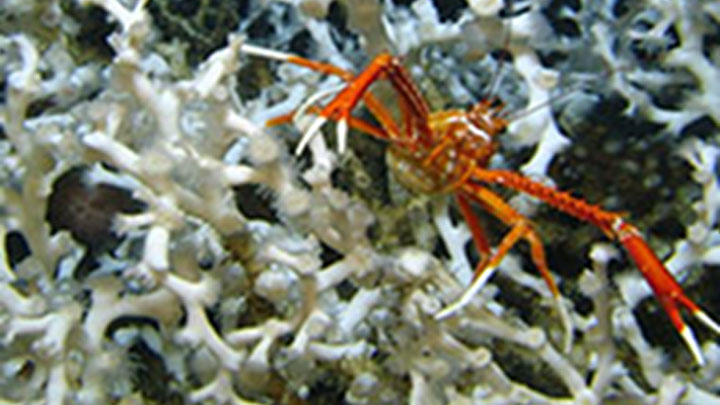
From the Lophelia II 2012: Deepwater Platform Corals expedition. Corals come in many shapes, sizes, and colors. Biologists use these morphological characteristics and genetic information to group corals into different taxonomic categories. This essay introduces hard corals, black corals, and octocorals.
Read more
From the 2019 Southeastern U.S. Deep-sea Exploration expedition. As corals begin to grow, reefs form and begin to alter the morphology of the seafloor. This is where deep-sea biology meets geology.
Read more
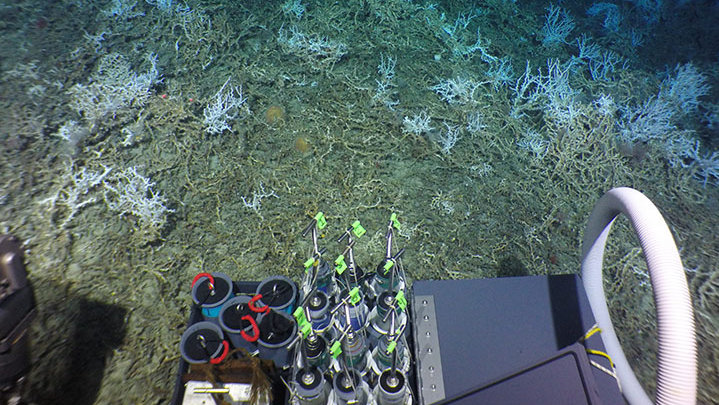
From the DEEP SEARCH 2018: DEEP Sea Exploration to Advance Research on Coral/Canyon/Cold seep Habitats expedition. As usual with questions pertaining to biology, the answer is "it depends." Just like terrestrial organisms, coral growth rates are influenced by a number of factors.
Read more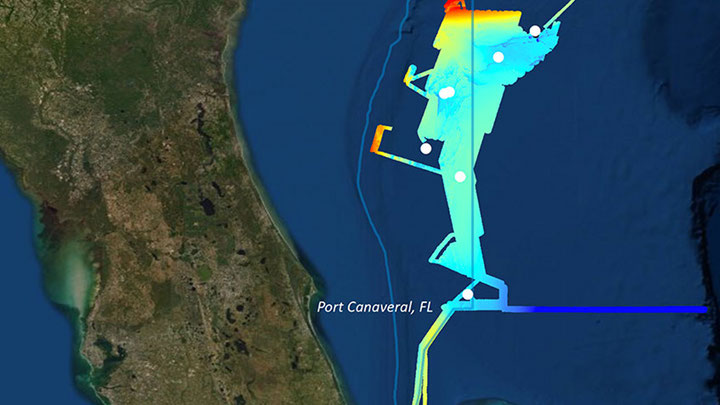
From the 2019 Southeastern U.S. Deep-sea Exploration – Remotely Operated Vehicle and Mapping Operations expedition. Deep-sea coral reefs like this one seen on Dive 06 of the 2019 Southeastern U.S. Deep-sea Exploration are created by stony corals, Lophelia pertusa, in this case, that form large geological structures over thousands of years.
Read moreThe above items are only a selection of the educational materials highlighting deep-sea corals on our website.
View More